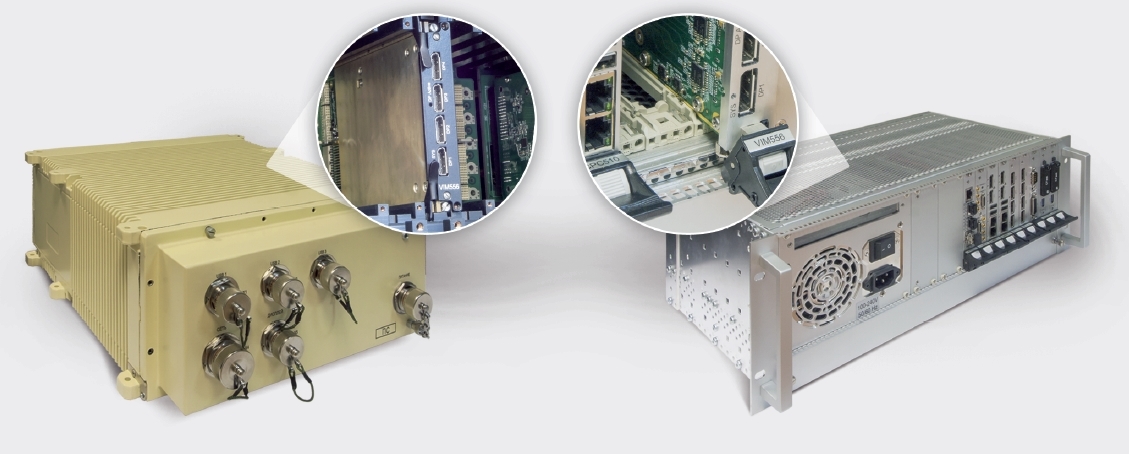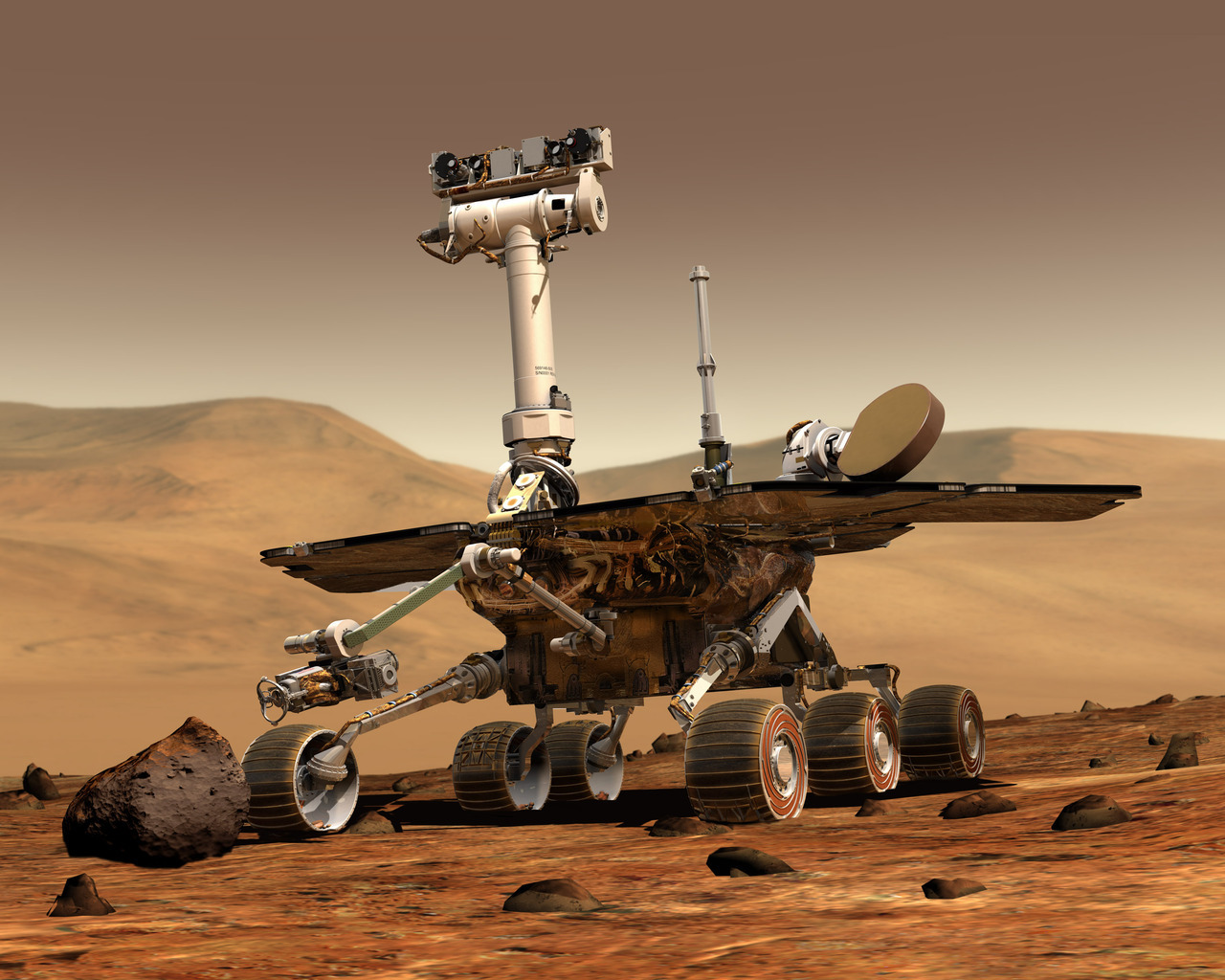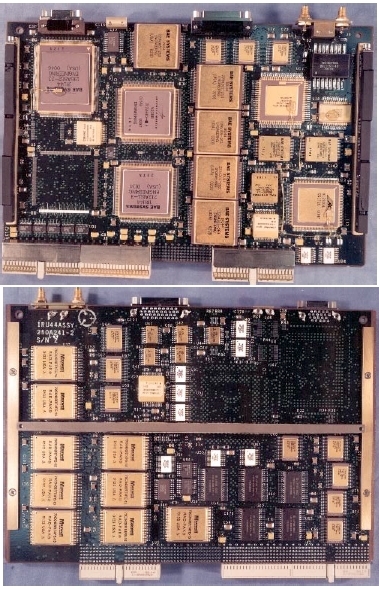CompactPCI - the standard for the construction of space computing
As part of a consortium of developers of industrial embedded computing solutions PICMG, a working group has been created to extend the CompactPCI Serial standard for use in space technology.
This group will focus on the development of the Space CompactPCI Serial standard, which provides support for additional serial interfaces such as SpaceWire, TT-Ethernet and Rapid I / O for inter-air communication. Issues of high reliability, fault detection and environmental safety are also on the task list. One of the main goals of the group is to preserve the standard simple, understandable principle of building systems and ensure maximum compatibility between backplane and boards.
[Joe Pavlat], president of PICMG, notes, “The expansion of the CompactPCI Serial for use in space technology is another step in the development of this family of time-tested standards. The basic specification of the CompactPCI Serial already has the mechanical characteristics and conductive heating capacity space applications. Both Euromechanics formats are supported: 3U and 6U ".

CompactPCI Serial Fastwel Modules with Conductive and Convective Heat Sink
With Space CompactPCI Serial, developers can apply advanced technical solutions for the knowledge-intensive space industry, while still being able to reuse proven technologies, which ultimately leads to a significant reduction in development costs.
Many experts may ask: "Why is the CompactPCI Serial standard chosen for space applications?" Among these reasons and advantages are the following:
• simplicity of architecture, which allows to reduce the cost and time to market;
• an open standard to ensure compatibility of products or systems without any restrictions;
• high contact density;
• flexibility, modularity;
• availability of high-speed interfaces with high bandwidth;
• support conductive heat sink;
• resistance to harsh environments.
The main application of the Space CompactPCI Serial standard being developed is the development of calculators and controllers placed onboard satellites and other spacecraft.
The basic standard of CompactPCI has a long history in the field of application in space technology: from rover control systems, satellites, or to perform scientific tasks at the International Space Station.
A good example is the implementation of the Opportunity rover control system. The seagoing vessel is operated by two computers based on the CompactPCI standard, designed and built by engineers from BAE Systems.

Mars Rover Opportunity
This year, the Opportunity rover (translated from English. “Opportunity”) celebrates its 12th anniversary on the red planet. The rover was landed on Mars on January 24, 2004 and is still in operation.
The control system ensures the implementation of the following set of tasks on board the rover:
• safe movement of the rover offline;
• manipulator control for mounting the sensor elements of the instrumentation to the specified positions;
• management of payload devices and data acquisition;
• data transmission and reception of commands from the control center.
The core of the control system is a single-board computer RAD6000, made in ompactPCI 6U version 2.0 format. The main characteristics of the computer:
• RAD6000 processor (25 Dhrystone, 21 MIPS @ 25 MHz).
• control chip with error correction capabilities for SRAM memory, 4 MB of local EEPROM and 512 KB of load memory.
• Support Multiplex channel intermodular information exchange
according to MIL-STD-1553B (GOST 26765.52-87).
• Configurable FPGA module for custom user interfaces.

Single board computer RAD6000 in ompactPCI 6U format
On-board computers of the rover retain their performance in the temperature range -40 ° C - +40 ° C.
During the Martian day, the maximum temperature was 22 ° C and there were no special problems with the provision of the temperature regime. After sunset, the temperature drops to -130 ° C, and ensuring the temperature is critical.
To ensure a comfortable temperature, the on-board computer was placed in a thermocasing heated by electric heaters, eight radioisotope sources and its own heat generated.
When Opportunity landed, the NASA team thought that the harsh Martian climate would make it inoperative for several months. The planned lifetime of the rover was about 90 days. But the rover, receiving energy only from solar panels, is still collecting data.
Mars rover "Opportunity" landed in the crater of Eagle, on the plateau of Meridian. Currently located in the area of the crater Endeavor, thus passing more than 40 km from its original position.
CompactPCI Serial is a viable and important technology for a wide range of applications. Computing modules, made according to the CompactPCI standard, have proven themselves in many industrial applications, including robotics, onboard systems, industrial automation, scientific research, telephony and communications in land transport and shipbuilding. Constructive euromechanics, the possibility of conductive heat removal make the standard CompactPCI Serial ideal for creating special-purpose equipment, building satellites and space applications.
')
Source: https://habr.com/ru/post/401233/
All Articles